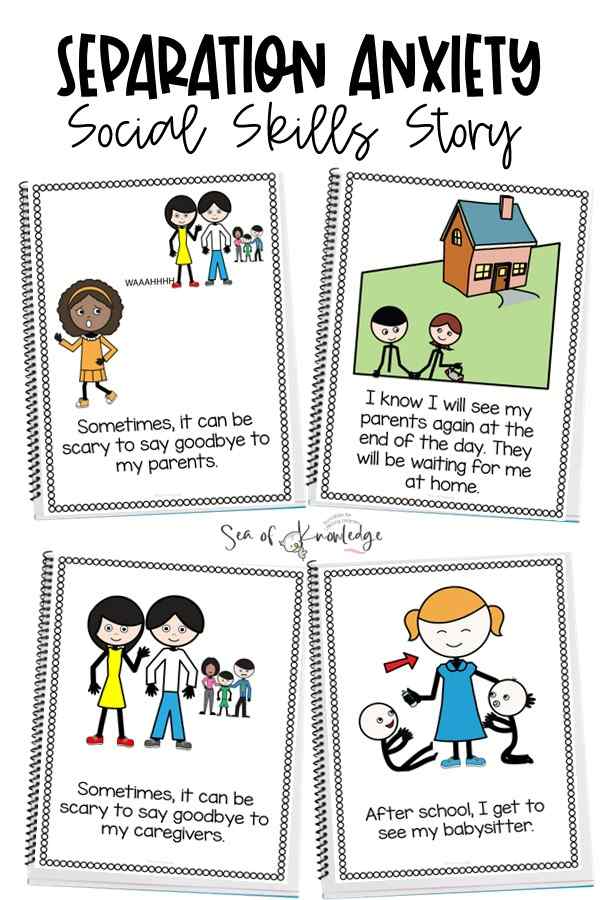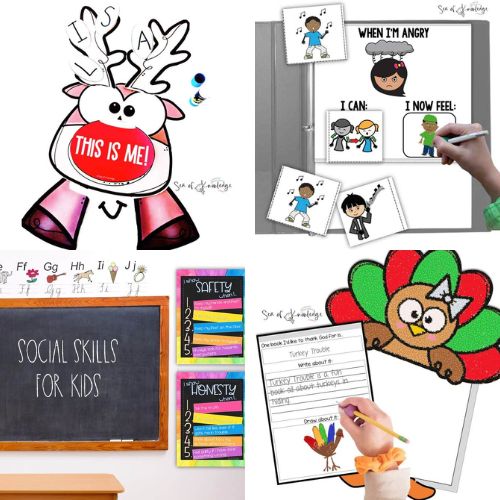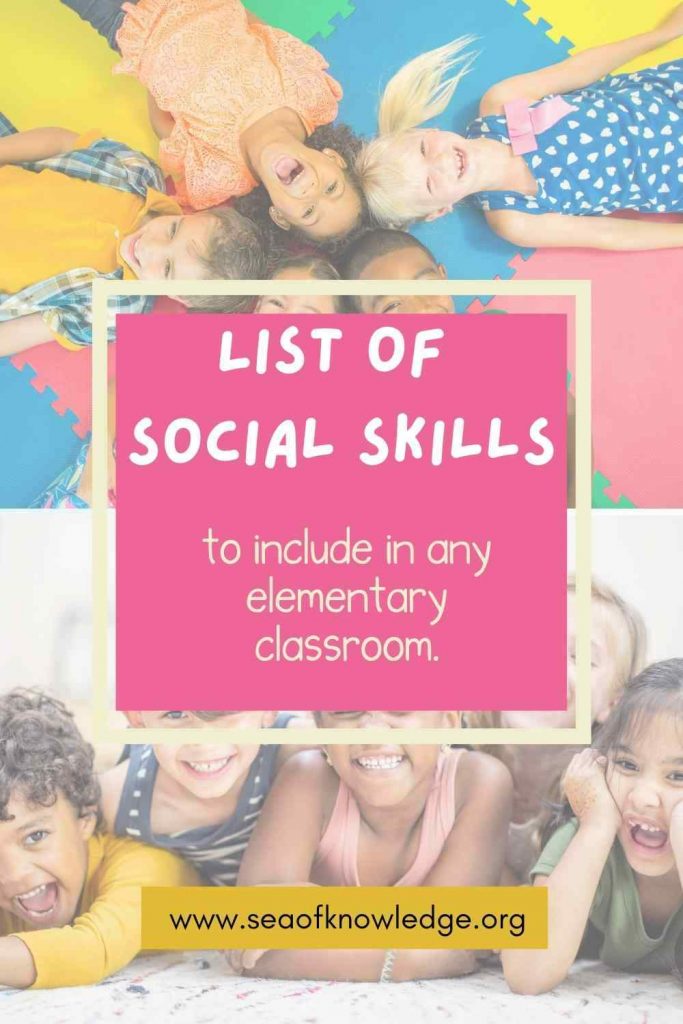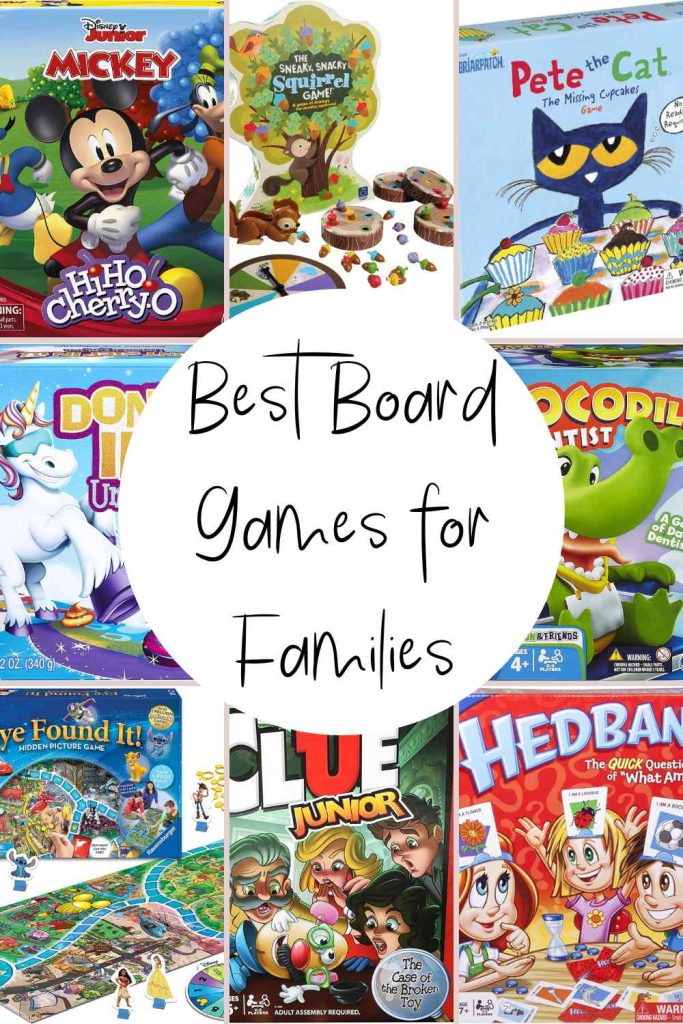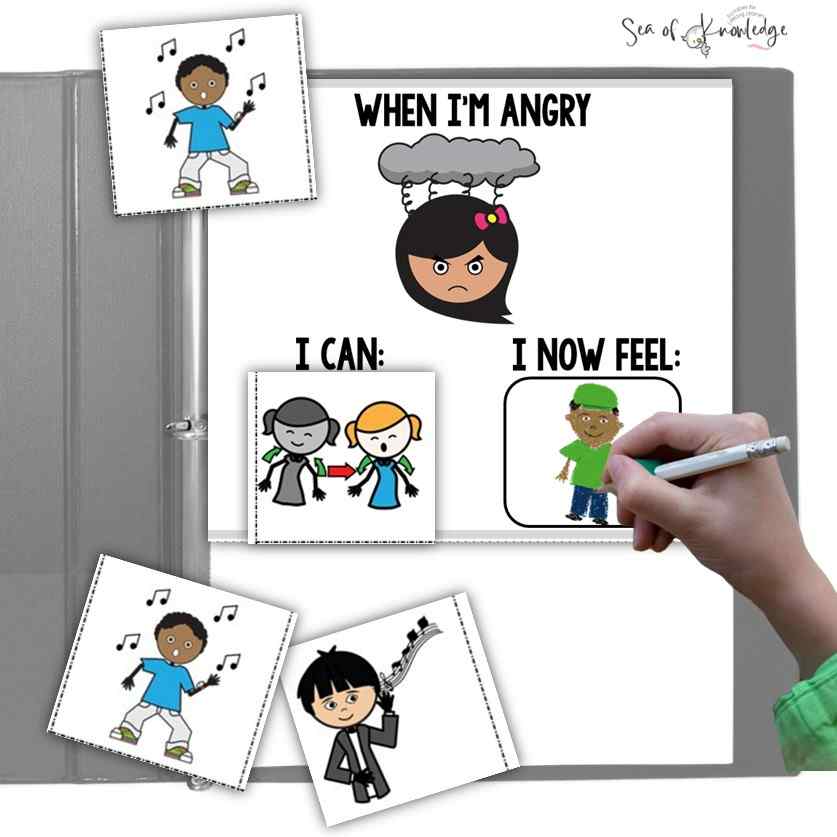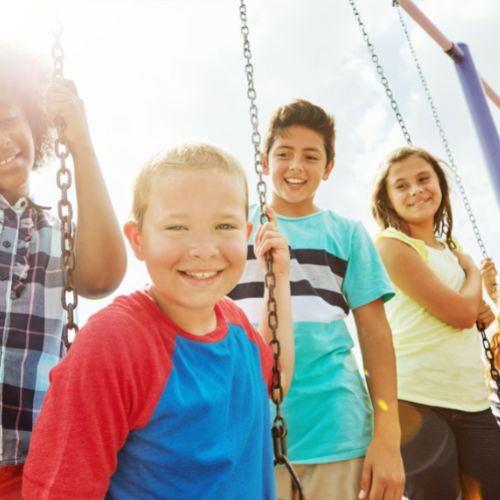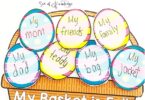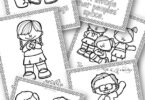Social play is an essential aspect of childhood development, helping children develop important social, emotional, and communication skills. Here are some example of social play activities that are appropriate for elementary school-age children.
Young children need so much social interaction with their own peers, their teachers and many different people in their lives to develop their cognitive skills in early childhood.
I have talked so much about social skills activities on this blog and I LOVE including them in every learning opportunity and any stage and years of age.
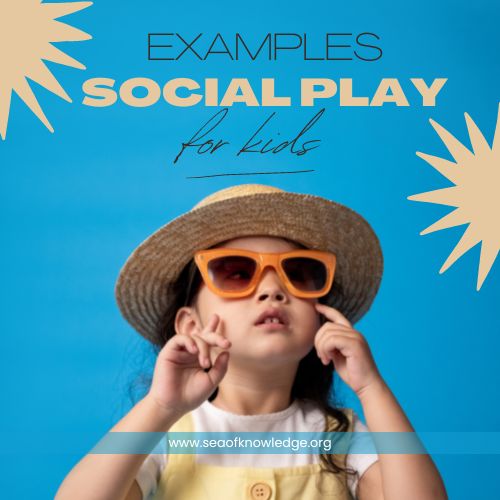
Pretend play
Pretend play is such a great way to develop social skills, in associative play and parallel play too.
Which I will explain below. The most common goal in physical play is developing language skills and conflict resolution.
Without hands-on play, kids don’t develop their own autonomy, social skills, turn taking and more.
Sometimes kids participate in onlooker play, and with this they develop their own autonomy in play and it can be beneficial for them.
I love using social story books too and I have shared several on this blog.
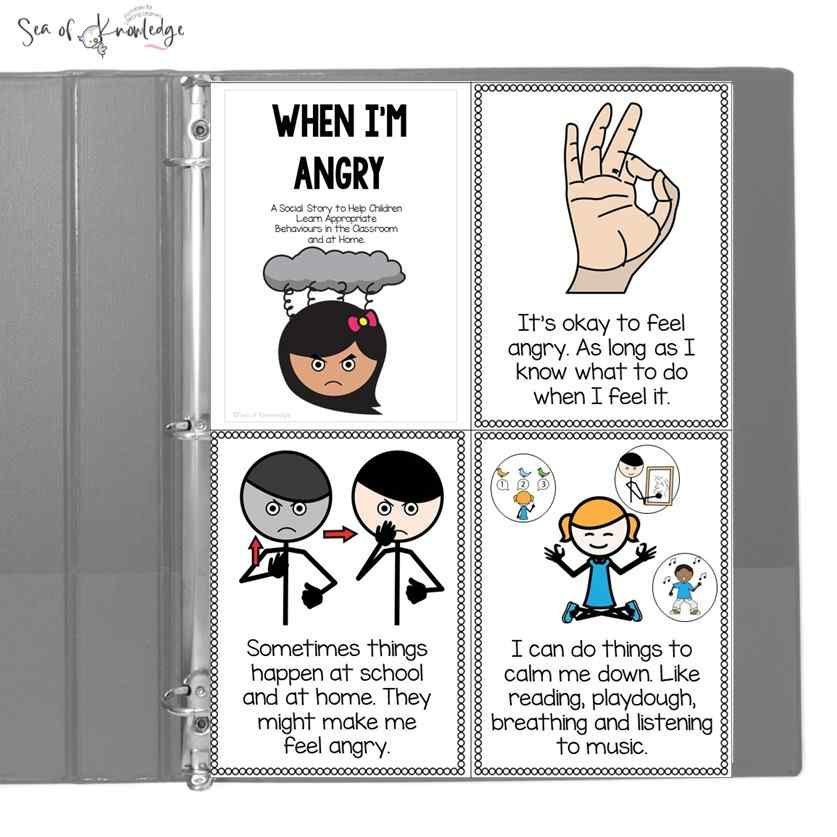
How to set up pretend play
First thing’s first, for the first time where a child plays, you need to set a safe environment and let them work at their own pace.
This will essentially develop their emotional skills and it will set them up for the appropriate stages of play in certain social situations.
Talking about the scenario will always help engage the kids before you begin.
Like social stories, they always help kids develop skills about the scenario.
For instance, a child engaging in social play as pretend doctors might develop social skills with family members and engage in proper emotional development when it comes to being a doctor in real life situations.
This is essential for a child’s development and their social behavior.
Different ways to include social play
The best way to have a healthy development in social play is to try to encourage unoccupied play so that the kids knows they are safe but that they can also play on their own.
This develops their autonomy. And it is great for child development.
Different types of play
Imaginative play: Children can engage in imaginative play, such as pretending to be superheroes, princesses, or animals.
This can also be independent play in younger children and less screen time.
This type of play allows children to develop their creativity and imagination, and helps them practice communication and problem-solving skills.
This type of play is used in preschool and into kindergarten and beyond.
Cooperative play: Children can engage in cooperative play activities, such as building a tower together with blocks or playing a game that requires working together.
This type of play helps children learn to share, take turns, and communicate effectively with others.
You can use board games here too.
Board games and card games: Playing board games or card games with others can be a fun way to develop social skills, such as turn-taking, good sportsmanship, and communication.
Sports and outdoor activities: Participating in sports and outdoor activities, such as playing tag or soccer, can be a great way to develop physical skills, as well as social skills such as teamwork, communication, and good sportsmanship.
Role-playing games: Children can engage in role-playing games, such as pretending to be doctors, firefighters, or chefs.
This type of play allows children to practice communication, problem-solving, and decision-making skills.
Group projects: Working on group projects, such as building a diorama or creating a mural, can be a fun way to develop teamwork, communication, and problem-solving skills.
Remember, social play activities should be age-appropriate and tailored to the individual child’s interests and abilities.
Providing opportunities for social play can help children develop important skills that will benefit them throughout their lives.
See some super fun social play scripts below you can use with kids in the classroom or at home.
Add some fun facial expressions to those and you have yourself a great way to build body language and social cues too.
Example of social play scripts
Here’s an example of a social play script for kids on anxiety:
Title: “Overcoming Anxiety Together”
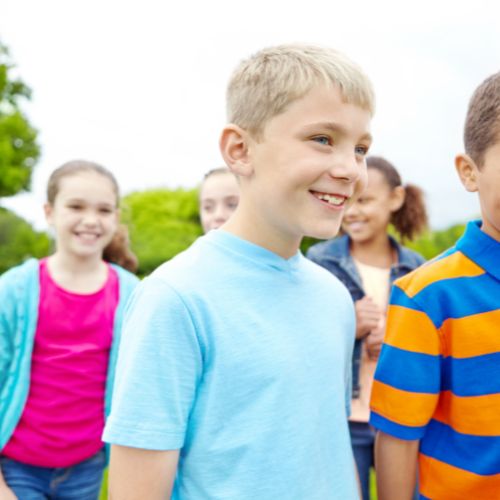
Characters:
Mia (anxious child)
Emma (friend)
Teacher
Scene: School playground
(Mia is sitting alone on a bench, looking worried. Emma walks over and notices her friend’s distress)
Emma: Hey, Mia. Are you okay?
Mia: (looking up) Oh, hi Emma. I don’t know. I’m feeling really anxious.
Emma: (sits down next to Mia) I’m sorry to hear that. Is there anything I can do to help?
Mia: I don’t know. I just feel really nervous about the upcoming math test.
Emma: I know math can be tough, but you’re really smart. Maybe we could study together after school?
Mia: (perking up) That’s a good idea! But what if I still don’t do well on the test?
Emma: Well, we’ll just have to work on calming strategies together. Do you want to try taking deep breaths with me?
(Emma demonstrates deep breathing exercises to Mia)
Mia: (trying it out) I feel a little better already.
Emma: (smiling) See? We can do this together. And if you need more help, we can always talk to our teacher. She’s really nice and wants to help us succeed.
(Mia and Emma stand up and begin walking toward the classroom)
Mia: (feeling better) Thanks, Emma. I’m really lucky to have a friend like you.
Emma: (smiling) Anytime, Mia. We’re in this together.
(As they walk away, the teacher notices the girls and waves at them)
Teacher: Hi girls, how’s it going?
Mia: (smiling) Much better, thank you.
Emma: We’re just going to study together after school, and we might need some extra help with our anxiety.
Teacher: (nodding) Of course, I’m always here to help. Let’s talk more after class.
(All three of them walk into the classroom together)
The end.
Social play script anti bullying
Here another social play script on dealing with bullying behavior and standing up to bullying.
Here’s an example of a social play script for kids on anxiety:
Title: “Overcoming Anxiety Together”
Characters:
Mia (anxious child)
Emma (friend)
Teacher
Scene: School playground
(Mia is sitting alone on a bench, looking worried. Emma walks over and notices her friend’s distress)
Emma: Hey, Mia. Are you okay?
Mia: (looking up) Oh, hi Emma. I don’t know. I’m feeling really anxious.
Emma: (sits down next to Mia) I’m sorry to hear that. Is there anything I can do to help?
Mia: I don’t know. I just feel really nervous about the upcoming math test.
Emma: I know math can be tough, but you’re really smart. Maybe we could study together after school?
Mia: (perking up) That’s a good idea! But what if I still don’t do well on the test?
Emma: Well, we’ll just have to work on calming strategies together. Do you want to try taking deep breaths with me?
(Emma demonstrates deep breathing exercises to Mia)
Mia: (trying it out) I feel a little better already.
Emma: (smiling) See? We can do this together. And if you need more help, we can always talk to our teacher. She’s really nice and wants to help us succeed.
(Mia and Emma stand up and begin walking toward the classroom)
Mia: (feeling better) Thanks, Emma. I’m really lucky to have a friend like you.
Emma: (smiling) Anytime, Mia. We’re in this together.
(As they walk away, the teacher notices the girls and waves at them)
Teacher: Hi girls, how’s it going?
Mia: (smiling) Much better, thank you.
Emma: We’re just going to study together after school, and we might need some extra help with our anxiety.
Teacher: (nodding) Of course, I’m always here to help. Let’s talk more after class.
(All three of them walk into the classroom together)
The end.
I hope these scripts and social play ideas help add some ideas to your classroom or homeschool.
It’s essential to give kids the best opportunities to develop their social skills.

